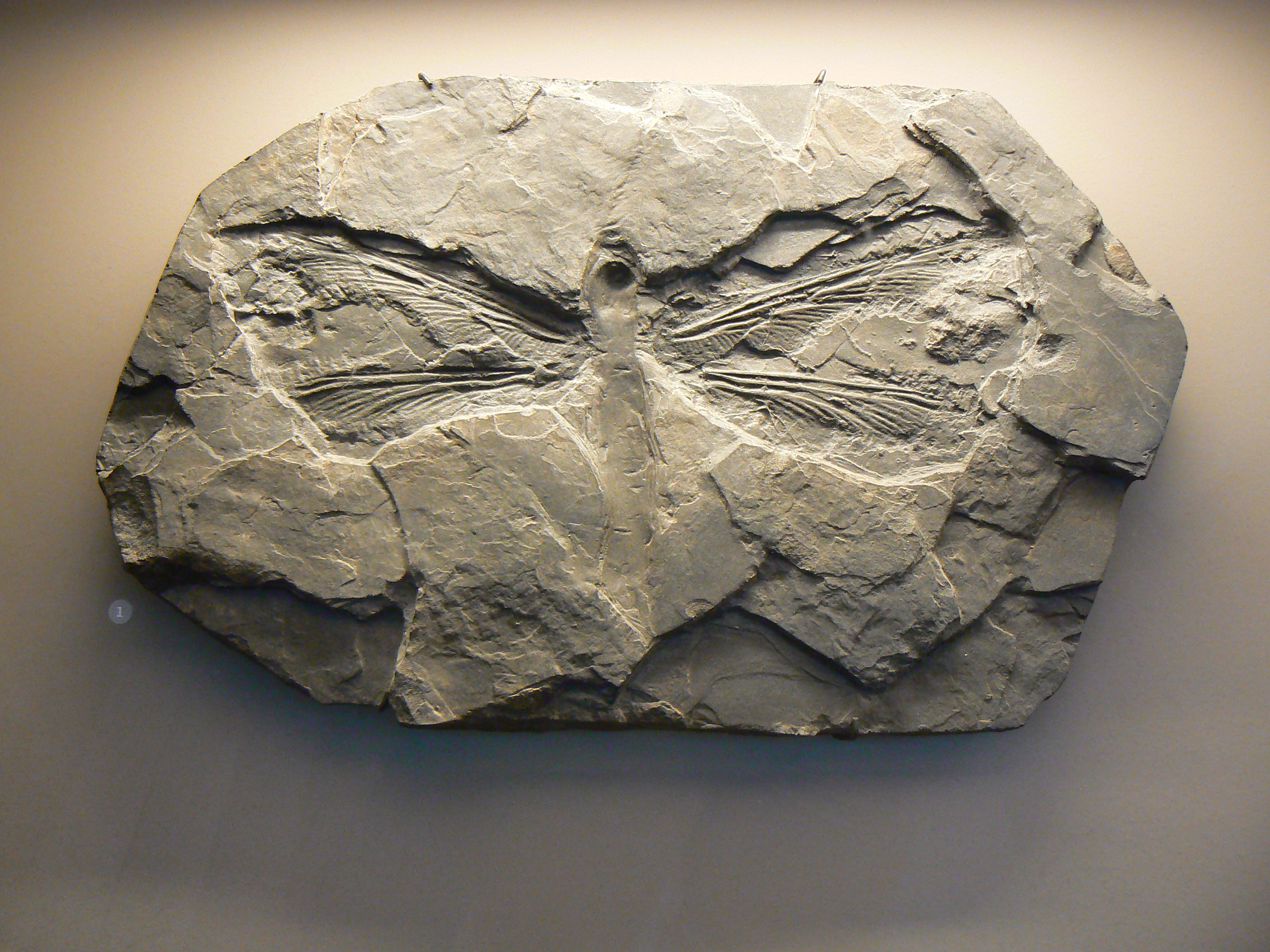Greetings all! I thought I would share some of the science links and stories that have really captivated me over the past few weeks.
It is really difficult to keep up with a specific field of science, and it is more so difficult to keep up with discoveries in multiple fields of science at the same time. I rely mostly on websites that aggregate science stories that I might be interested in, such as
Science Daily,
Reddit,
Nature news, and
Scientific American.
Smart people acting stupid: you can't fight bias
The first bit of science is
summed up nicely by Jonah Lehrer in The New Yorker.
The study about which Lehrer writes is by a group of scientists from James Madison University and The University of Toronto and can be found
here. Essentially, the authors were interested in how a person's perceived level of intelligence (think of tests like the SATs and the GRE) relates to their level of cognitive bias. There are many types of bias, but it generally means an inclination to hold a certain viewpoint even in the face of potentially valid, although contradictory viewpoints. Bias is one of the biggest scientific no-nos because it can purposely or unintentionally undermine scientific results.
The results of this paper are pretty shocking: people who are more "cognitively sophisticated" are more prone to bias, especially when comparing their perceived level of bias with others (called a "bias blind spot"). As a scientist who is friends with many other scientists, this is a scary result. In general, most scientifically minded folks consider themselves
less prone to biases because they value evidence-based decisions and significant scientific backing for their decisions. But perhaps because bias is so deeply ingrained in our subconscious (as Lehrer writes), knowing what bias is and telling ourselves that we are better at avoiding it can make things worse rather than better.
I do know that this study provided all my lovely wife needs to quickly end the next disagreement we have where I demand objective results to change my mind.
Why aren't their giant insects?
Well, there are some pretty big insects alive today, like this giant Weta:
Look at that thing!
As cool as the giant Weta is, I'm talking about the kind of insects that were in all of my dinosaur books when I was growing up, like this ancient sea scorpion:
 |
| Not sure what's going on in the picture, but that ancient sea scorpion is awesome. |
or these giant dragonflies, the
Meganeura:
 |
| I want this on my office desk. |
 |
| An estimation of what an Meganeuran would look like. |
|
|
Well the common reason that I found for why I couldn't have a pet gigantic dragonfly is that these insects could get so large due to a higher concentration of oxygen in the atmosphere millions of years ago. As oxygen levels have been reduced, insects have been more constrained to smaller body sizes.
Ah ha, but not so fast!
A new entry into the debate of what happened to the giant insects is from two scientists from the University of California, Santa Cruz. Clapham and Karr analyzed historic body size of insects along with predicted levels of atmospheric oxygen. What they found contradicted the prediction that insect body size would be reduced with reduced oxygen. Instead, they found that insect body size continued to decrease even when oxygen increased. So what gives?
It turns out that this decrease in body size matches up pretty nicely with the radiation and diversification of many bird lineages. The authors predict that predation by birds became more important in limiting the size of insects than the presence of oxygen.
So if you are terrified of large insects, you might give a little credit to these guy's ancestors for doing you a solid:
Your body is a bacteria party, and now we know the guest list
You are filled with billions and billions of bacteria, like it or not. These bacteria are necessary for your survival, and your health and survival has a lot of economic importance. The results of a huge effort to map the diversity and abundance of bacteria in the human body (the human microbiome) were released this week in
Nature and got (unsurprisingly) a lot of
press.
This paper is pretty difficult to read for someone who isn't very familiar with the terminology, so here is the take home message:
You are full of many, many, many types of bacteria and most of these bacteria are especially associated with certain parts of your body.
Additionally, the abundance of different types of bacteria differ between people of different ethnicity, ages, locations, and body mass index.
So it turns out that bacteria aren't some group of organisms hitching a ride on humans, they are a diverse and necessary group of organisms that make up a large part of our bodies' function.
Amazing stuff.










